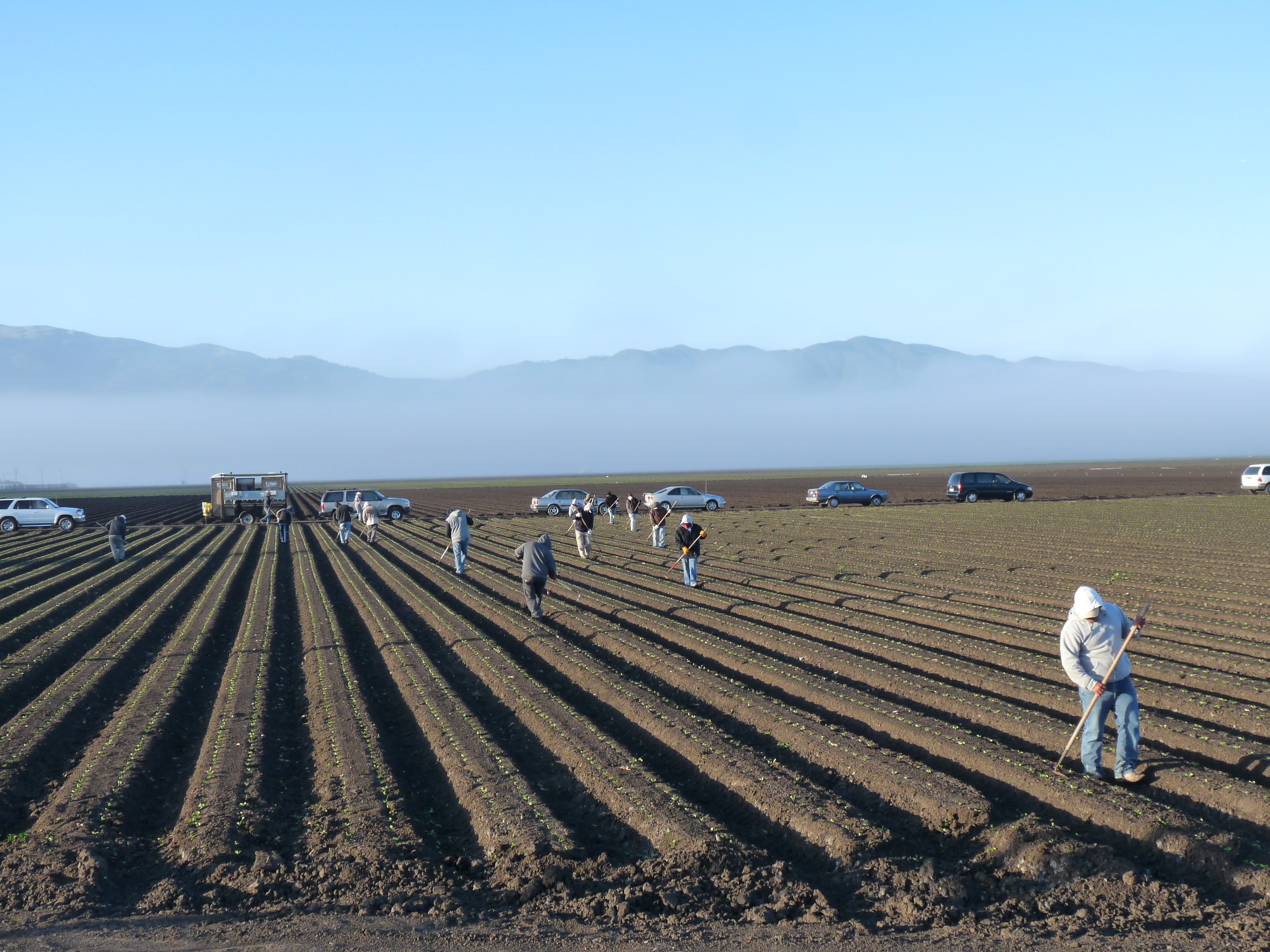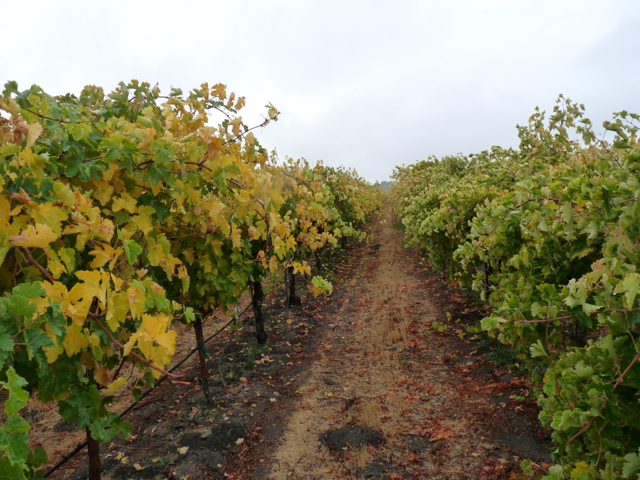CA FARM WORKERS TO HOLD ELECTION NIGHT VIGIL TO PROTEST LABOR BOARD VOTER SUPPRESSION
Let’s All Show Support for These Valiant Farm Workers, Who are Striving to Get their VOICES Heard
By: Laurie Greene; Cal Ag Today Editor/Reporter
Hundreds of farm workers will gather outside a California election office on election night to protest a state labor board suppressing their votes from a union decertification election. The workers, from Fresno-based grape and fruit grower, Gerawan Farming Inc., voted to decertify the United Farm Workers (UFW) last November, but the California Agricultural Labor Relations Board (ALRB) locked up the ballots and is refusing to count them.
“It’s an outrageous attempt to help the UFW impose a contract on these workers that will take 3 percent of their pay against their will,” said Center for Worker Freedom executive director Matt Patterson.
So on Tuesday November 4, Gerawan workers, their families and supporters will hold a silent candlelight vigil at an elections office at 2221 Kern Street in Fresno, CA from 8:00 pm-9:30 pm. The silence will represent their voices being stolen by the ALRB; the candles will represent their hope for freedom from the UFW.
“Everyone’s vote will be counted that night. We want to remind people that we are still waiting for ours to be counted a year after our election” says Areli Sanchez, one of the thousands of workers denied their constitutionally protected freedoms of speech and assembly by the ALRB. “We have been screaming for Governor Brown to help us for a year. Maybe now he will hear our silence,” said Sanchez, a 14-year Gerawan employee.
Meanwhile, on Wednesday, the Los Angeles City Council publicly supported a group of Gerawan farm workers seeking the union contract, as Gerawan sells its produce in Los Angeles stores under the Prima label.
I know [Gerawan’s] operations well, and I know many of the company’s employees. The Gerawans are an immigrant family from Lebanon who many years ago started by farming several acres of peaches in Reedley, Calif. Today they are one of the county’s leading growers and processors of stone fruit and table grapes.
The working conditions at Gerawan Farming are excellent, and its wage scales exceed those of the United Farm Workers. It has provided many jobs for other immigrant families.
The Los Angeles City Council has no business interfering with an enterprise in Fresno County. The council’s motive is obviously to gain favor with the UFW, a big campaign contributor.
The council members should spend their efforts and their constituent’s resources on Los Angeles.
The California Agricultural Labor Relations Board was created in 1975 to ensure peace in the fields of California by guaranteeing justice for all agricultural workers and stability in agricultural labor relations, according to their website. The Board seeks to achieve these ends by providing orderly processes for protecting, implementing, and enforcing the respective rights and responsibilities of employees, employers and labor organizations in their relations with each other.

















